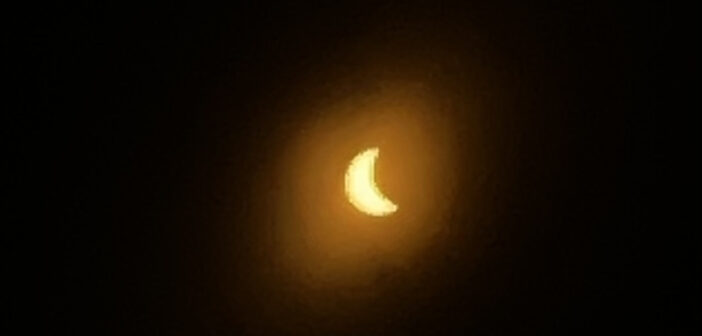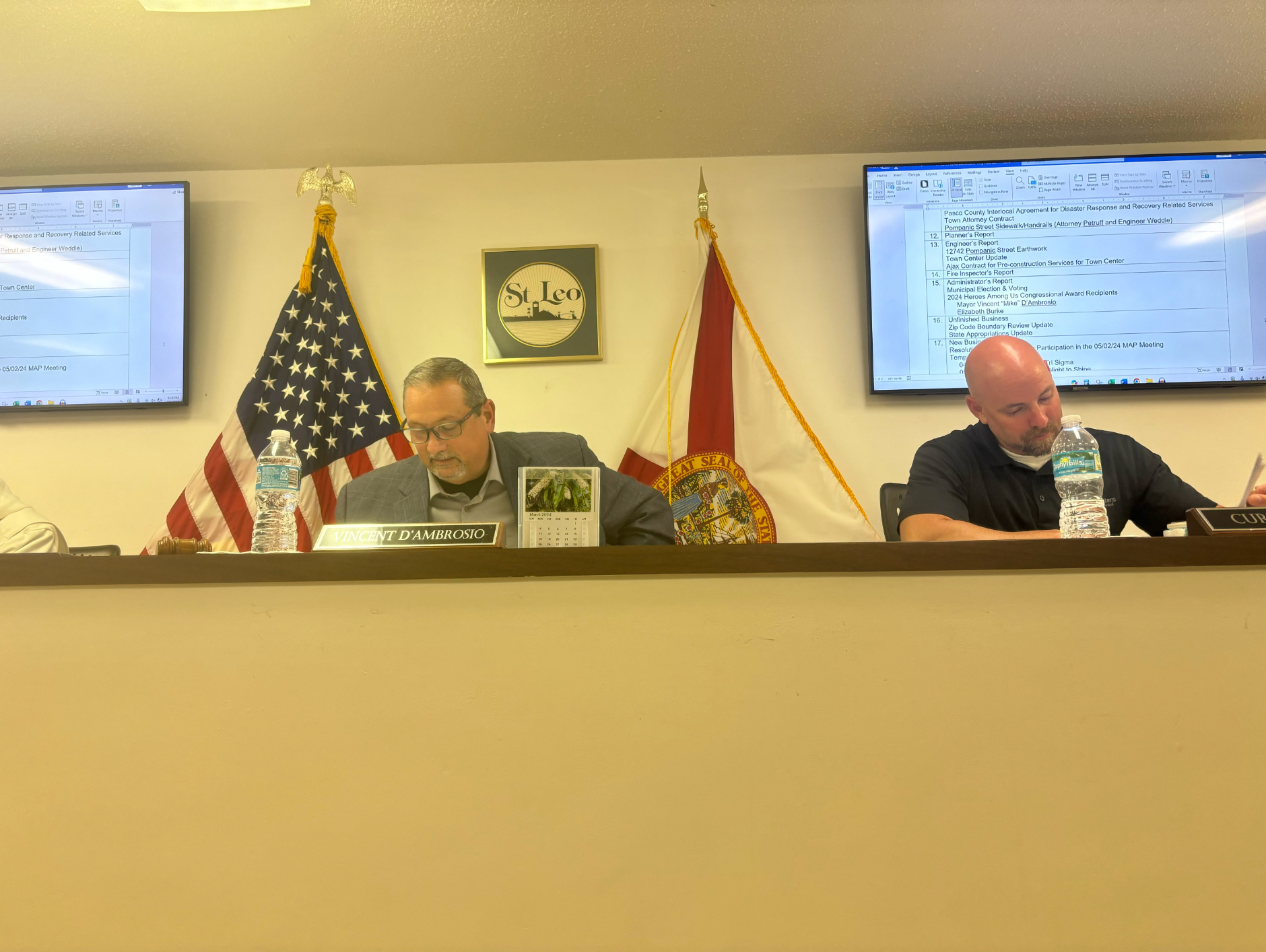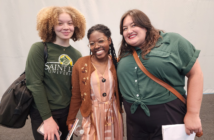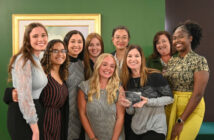By Emily Hernandez Dominguez, Campus News Editor
The Saint Leo community was given a front-row seat to an almost complete solar eclipse and will not see another one for about another 20 years.
The Saint Leo Astronomy Club hosted a viewing event for the total solar eclipse at The Bowl on Monday, April 8.
“We put this event on because we want to engage the community, bring a little bit of STEM to the public and make sure everyone is educated on it because it is a really cool phenomenon to do this kind of stuff,” said Alexa Keeler, vice president of the Astronomy Club.
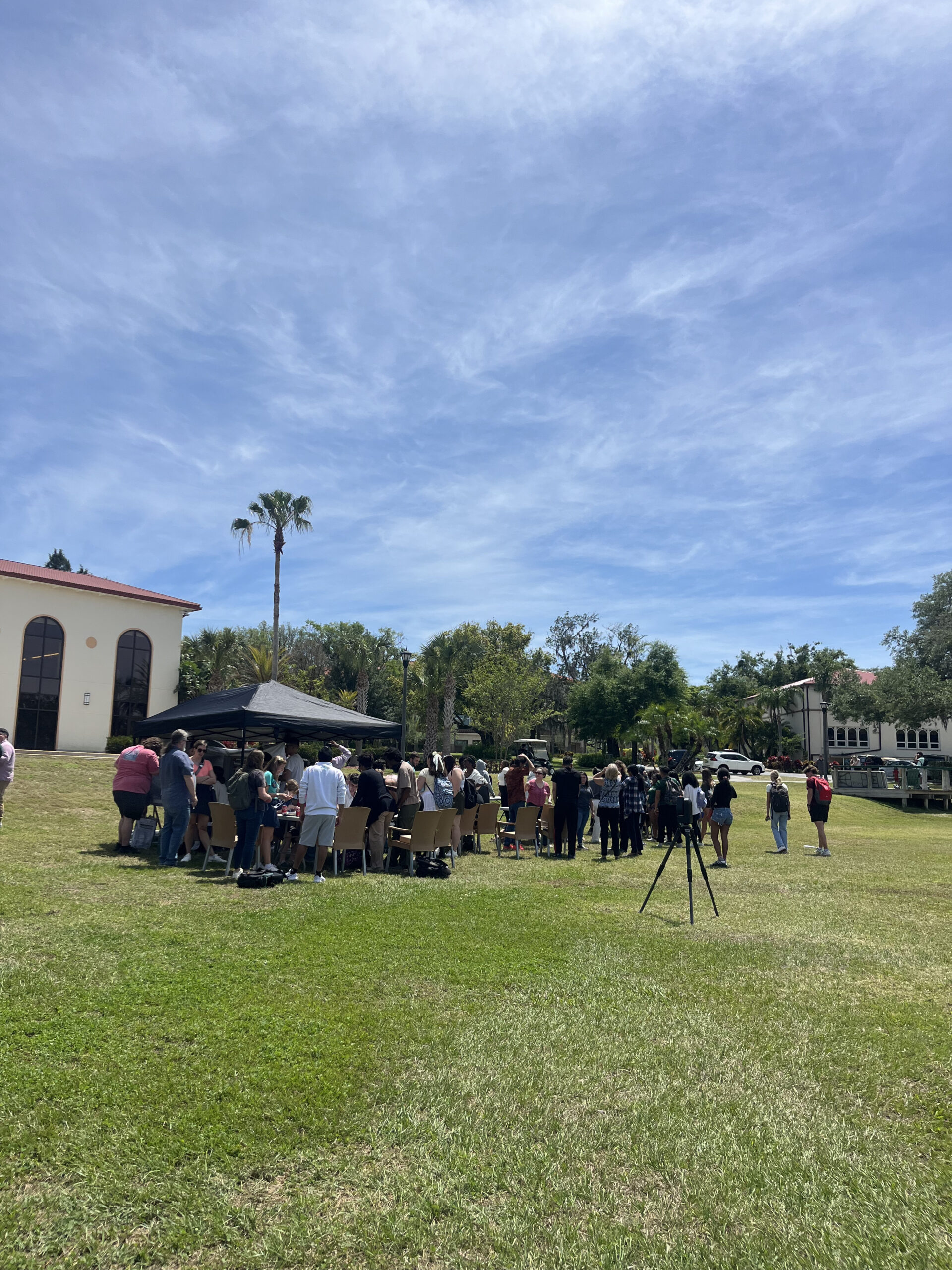
The club has a history of hosting viewing parties, including one for the annual solar eclipse known as the “ring of fire.” This year, they organized an event for a total solar eclipse, during which some regions of the country experienced complete darkness.
A total eclipse occurs when the sun, the moon, and Earth align. The moon positions itself directly between the sun and the Earth, casting a shadow onto the Earth’s surface.
Totality, or a total eclipse, happens when the moon completely covers the sun, leaving only the corona, or the sun’s atmosphere, visible. The longest duration of a total eclipse occurs along the centerline, where viewers experience the full width of the moon’s shadow. Outside of this central path, viewers witness a partial eclipse.
“This eclipse is special because in some parts of the country people are experiencing a total solar eclipse,” noted Astronomy Club Class President Gregory Connelly, a senior majoring in biomedical and health sciences.
The next opportunities to experience a total solar eclipse over the United States will occur in 2044, with the path crossing through North Dakota and Montana, followed by another occurrence in 2045 as it traverses from California to Florida.
Club members distributed solar eclipse glasses and arranged telescopes, along with other instruments, to ensure the community could safely observe the phenomenon.
“[These glasses that I am handing out] are important because they have special solar filters from NASA,” Keeler added. “You can only use the ones from NASA because they protect your eyes.”
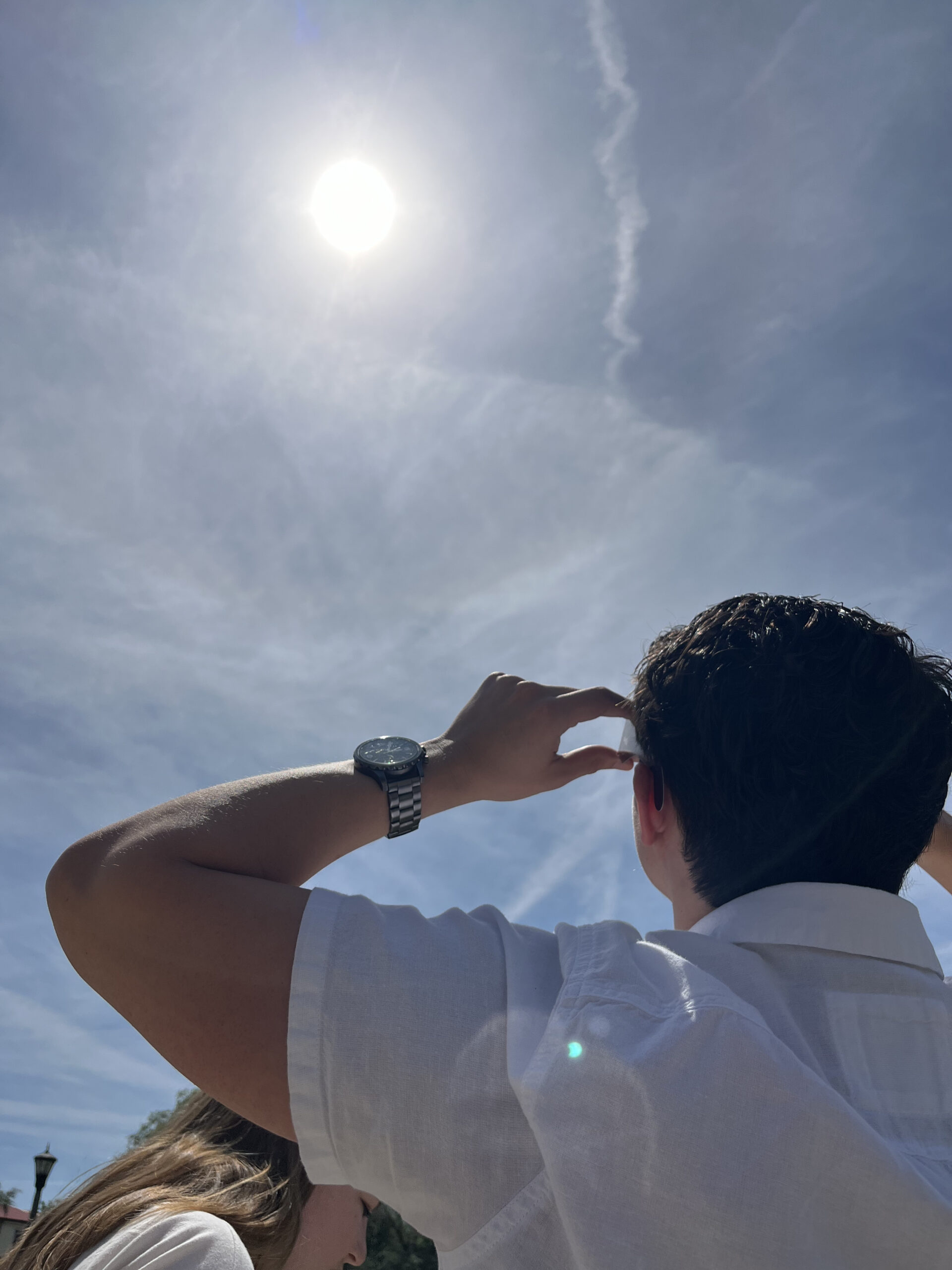
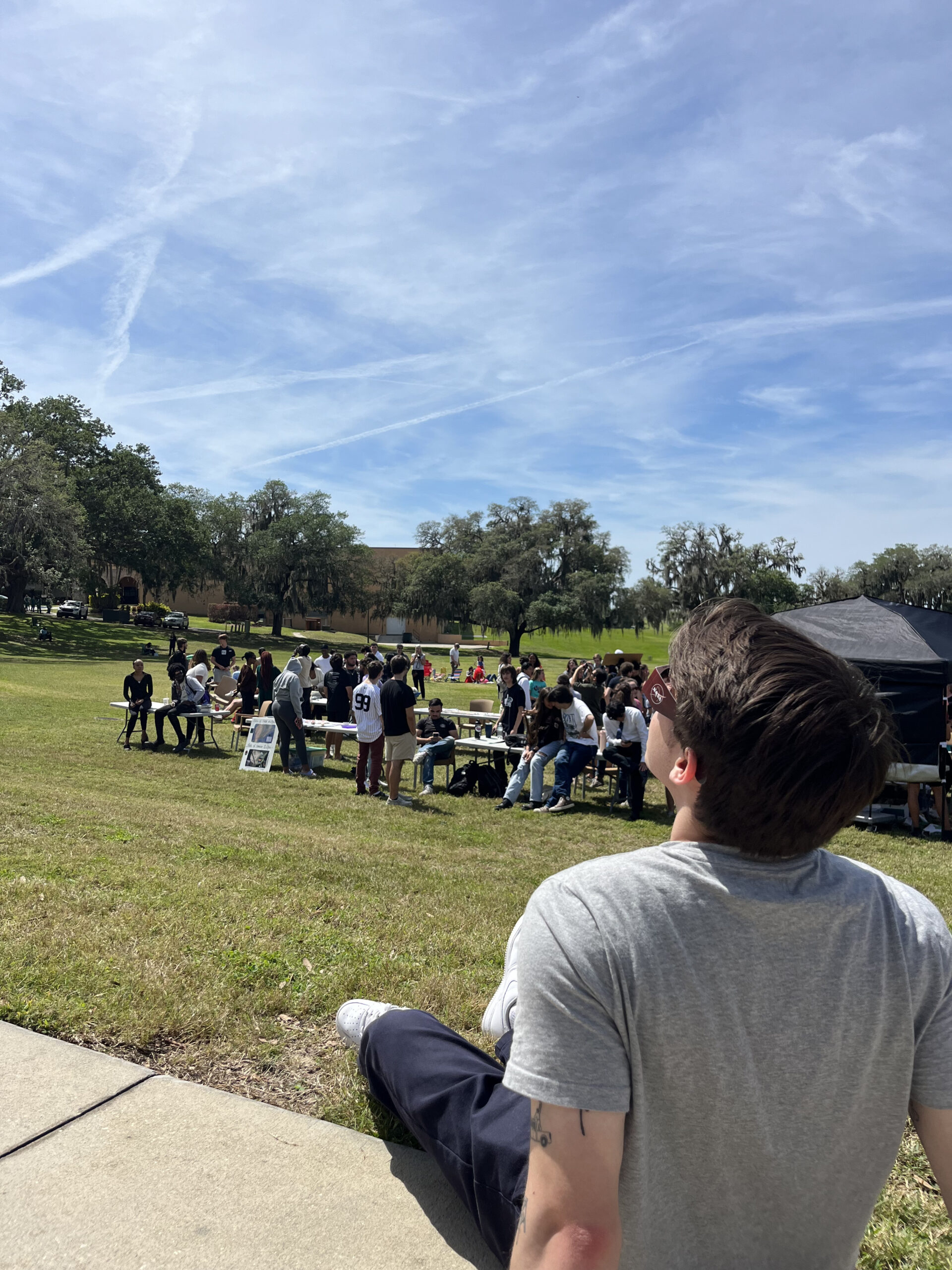
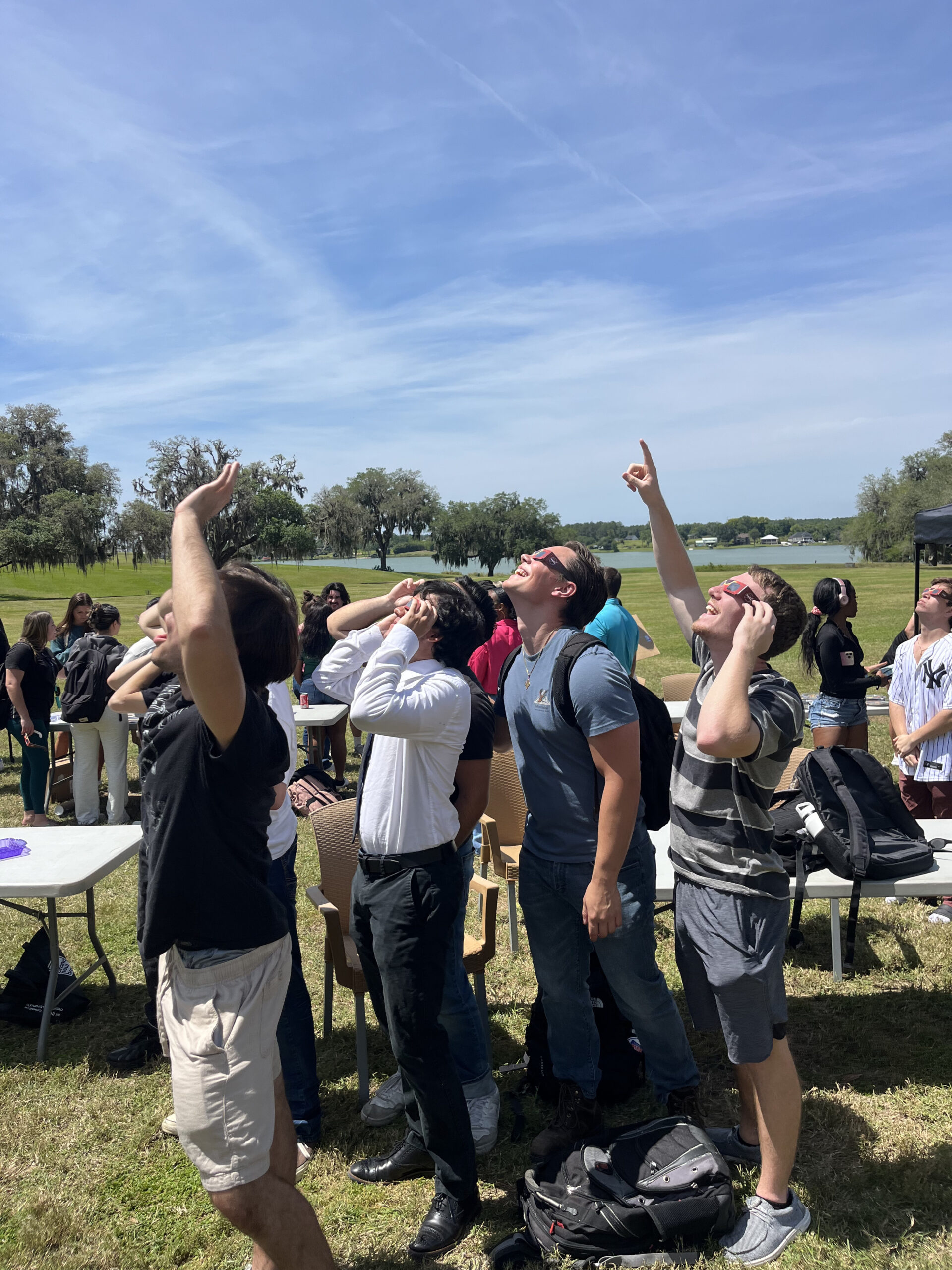
In addition to observing the eclipse, the Ecology Club hosted a table inviting guests to join their club and offered an activity to create “moon rocks.” Participants could use gems and other small beads to design patterns in wet concrete, shaping them into stones resembling the moon’s surface.
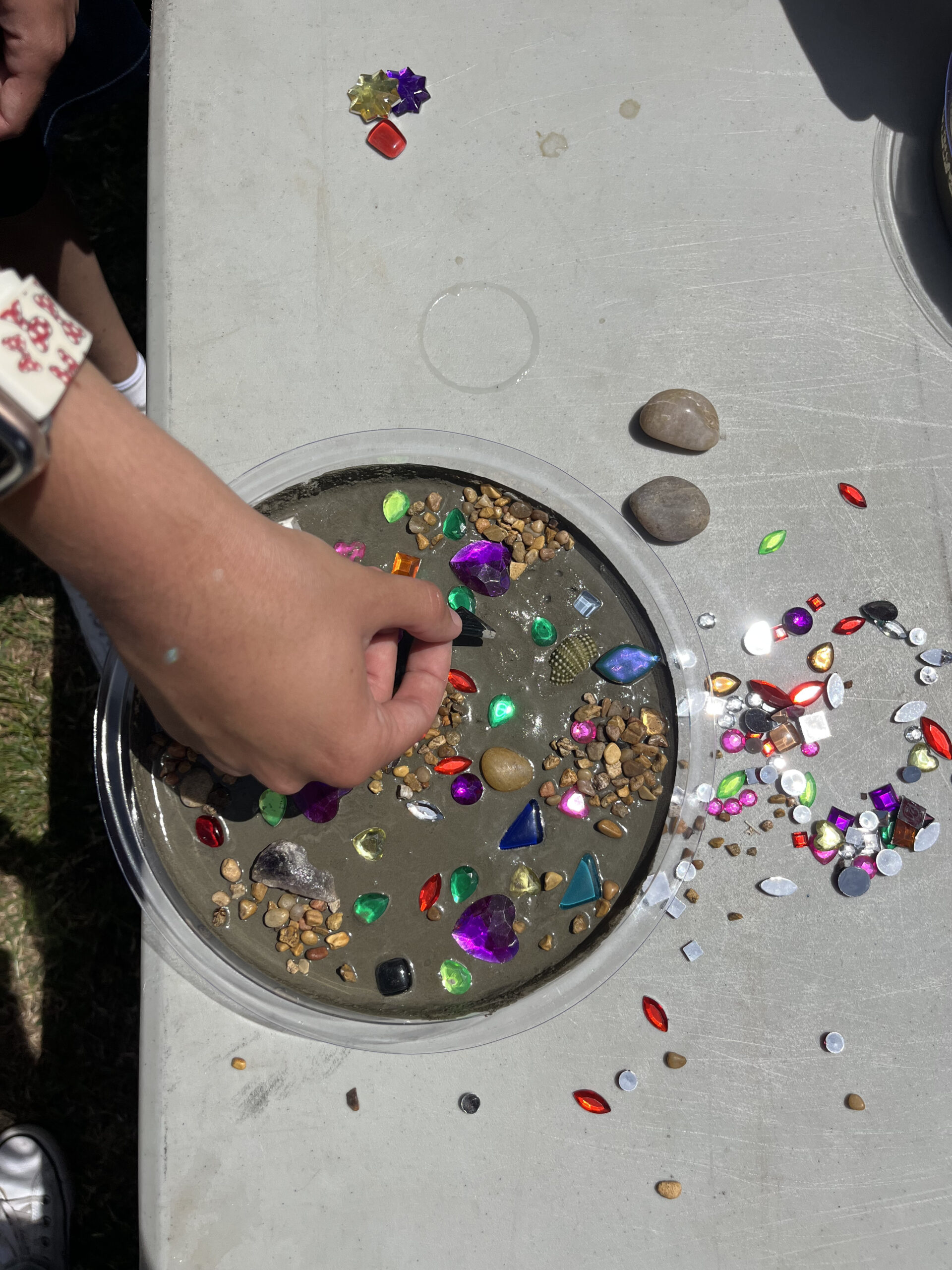
While this eclipse marked the first experience for many, others recalled witnessing previous occurrences. Andres Cubillos, a junior majoring in criminal justice, reflected on his experiences of the eclipse in October and now in April.
“I think [I feel more excited] because I heard it’s better visually,” Cubillos said. “[The one in October] was not as impactful, so this year actually looks better.”
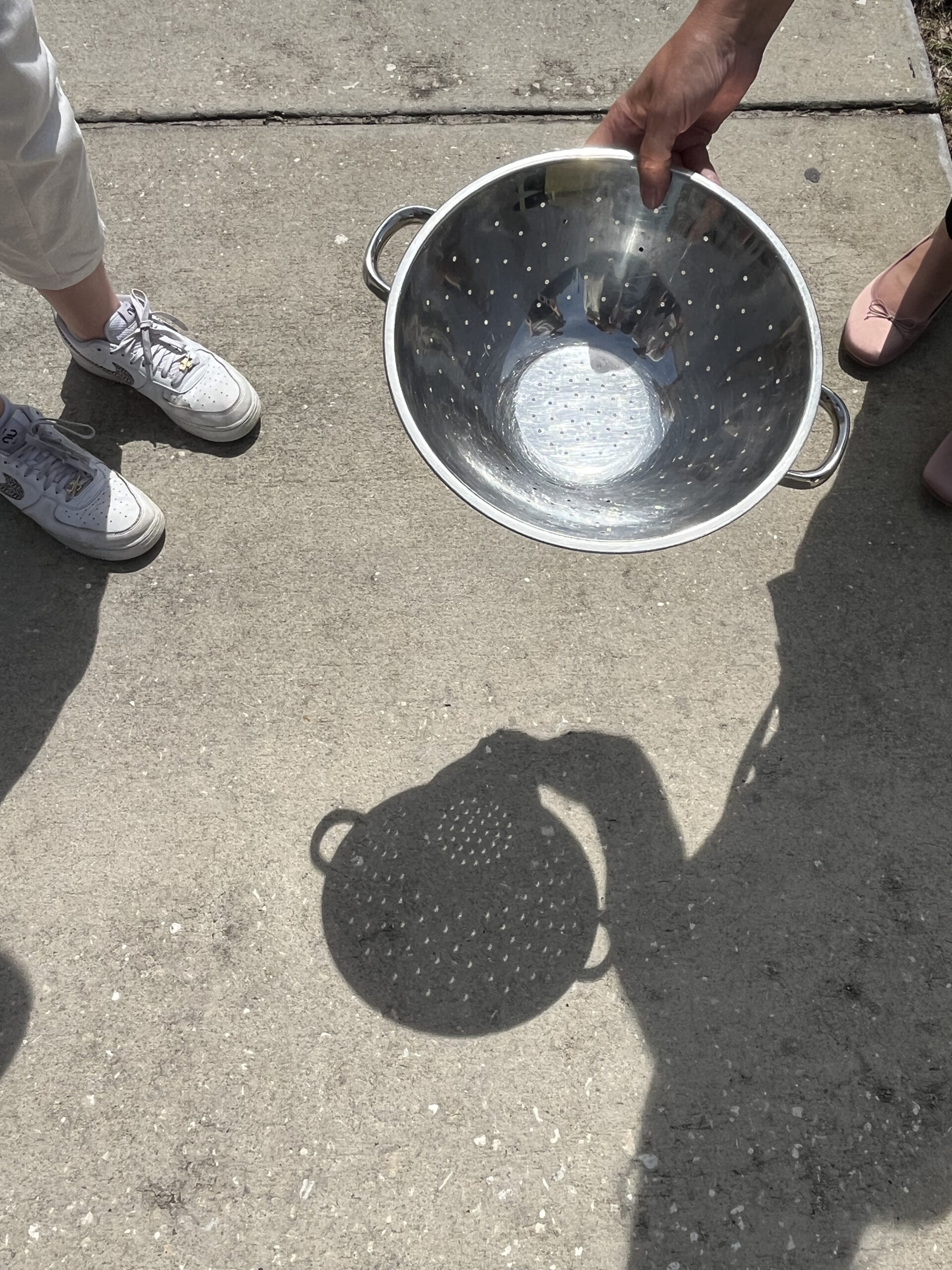
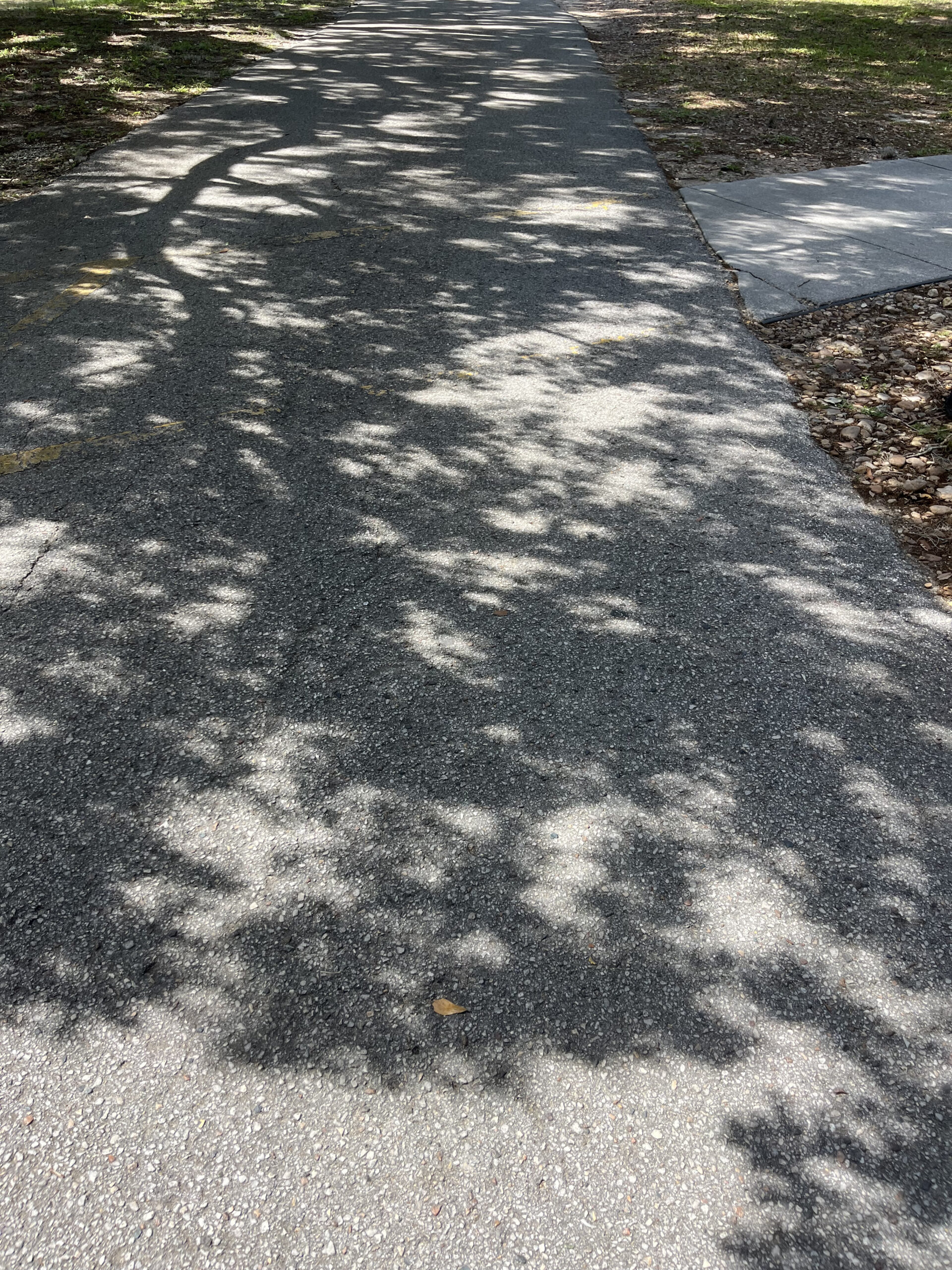
The Astronomy Club has had a successful year hosting events such as viewing parties and fostering scientific engagement within local communities. Recently, they organized events at libraries in the Dade City and Wesley Chapel areas, targeting their primary audience of children in kindergarten through fifth grade.
“It was really awesome to see these young kids excited about science,” Connelly says.
Furthermore, the club organizes additional events for students before the end of the year. This includes a trip to the JFK Center and an upcoming gathering with the St. Pete Astronomy Club on Thursday, April 18 at 7 pm.
“If anyone is interested in joining the Astronomy Club, we would love to keep it going after the E-board leaves because we are all seniors,” Keeler says.
If you are interested in joining the club, reach out to faculty advisor Dr. Harsha Perera, assistant professor of physics and physical sciences at harsha.perera@saintleo.edu.

